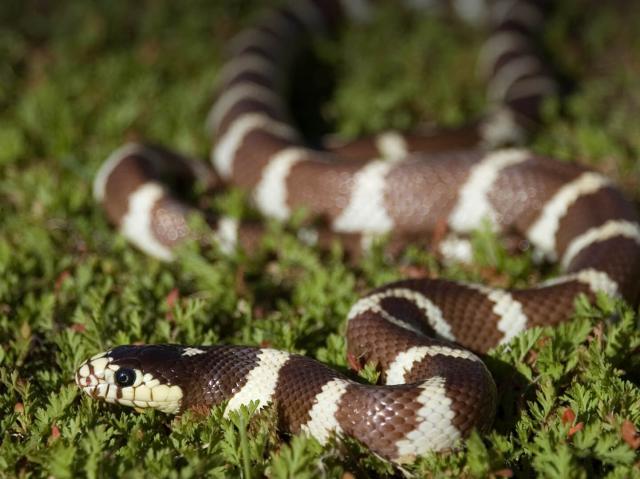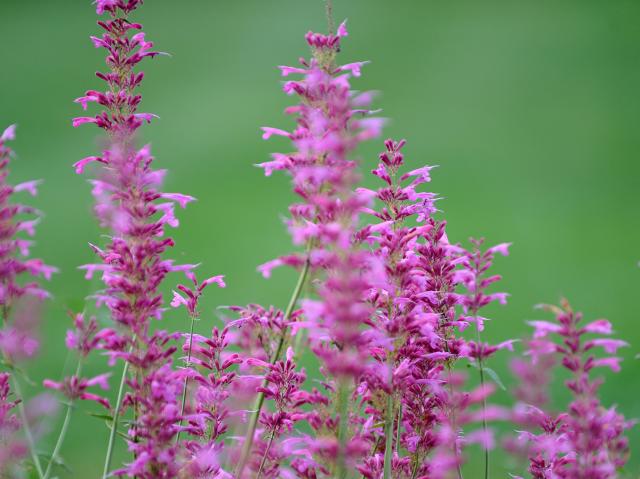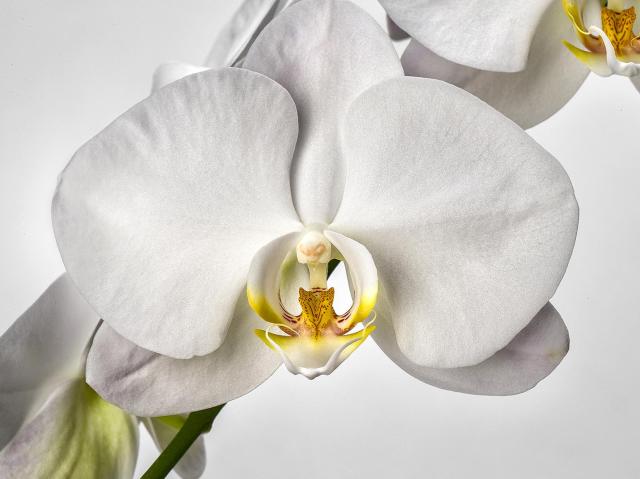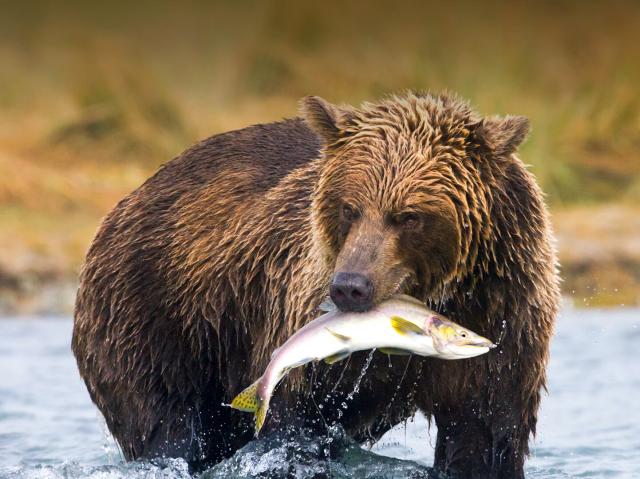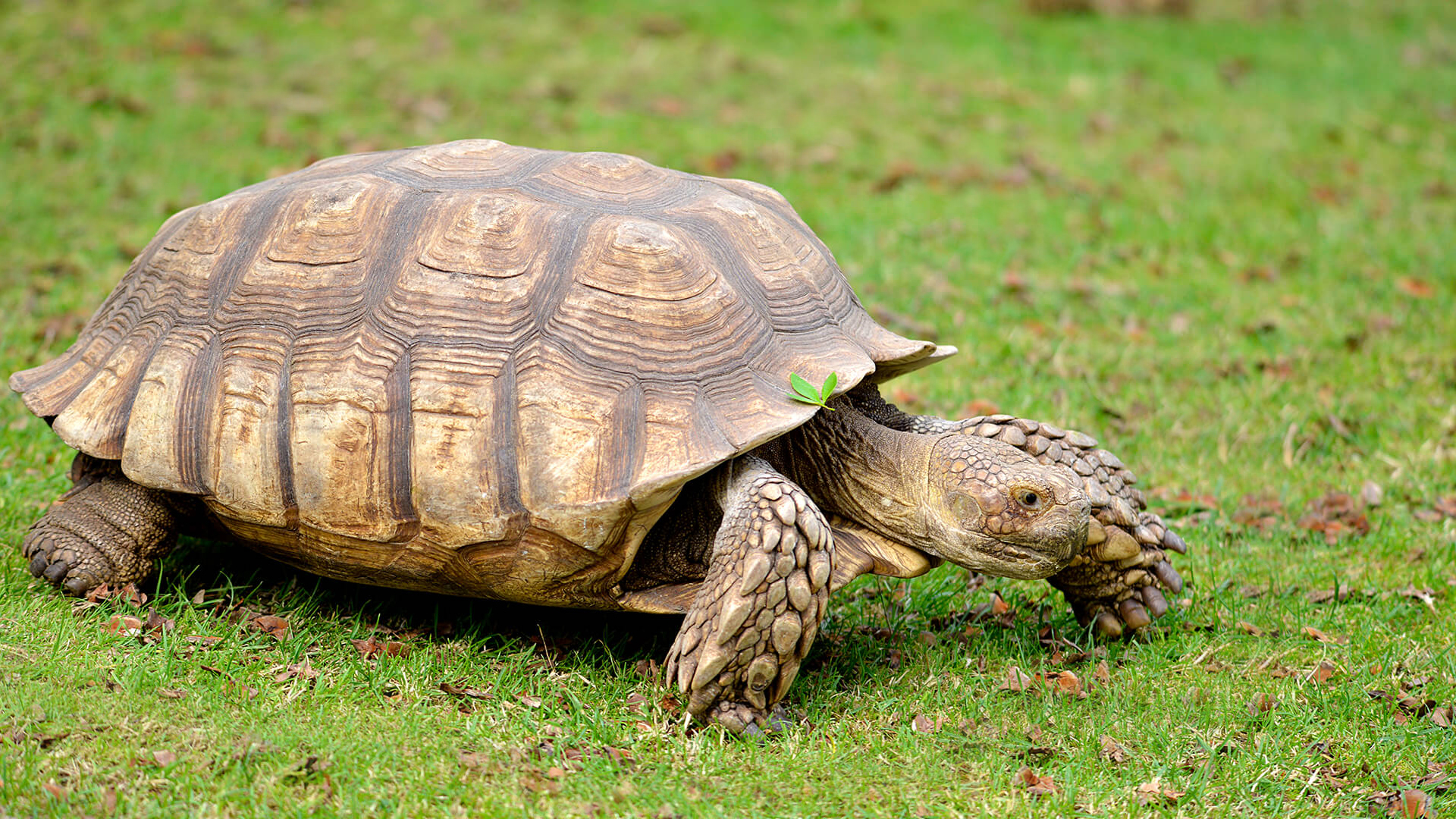
African Spurred Tortoise

- Class: Reptilia (Reptiles)
- Order: Testudines
- Family: Testudinidae
- Genus: Geochelone
- Species: sulcata

ABOUT
Living in a shell. The African spurred tortoise is the largest mainland tortoise, easily reaching 30 inches (76 centimeters) in length and well over 100 pounds (45 kilograms) in heft. Some males even reach 200 pounds (90 kilograms)! It is surpassed only by the island dweller tortoises from Aldabra and Galápagos.
This tortoise is a popular pet; it is bred and sold throughout the US, but as cute as the babies are, they grow quickly and, as mentioned, get extremely large. Many owners find them to be unmanageable and in need of a new home. They are curious, intelligent reptiles with lively personalities, especially when young. It is also called the sulcata tortoise, spurred tortoise, and African spur thigh tortoise.
Turtles and tortoises are a very old group of reptiles, going back about 220 million years. Of all wildlife with backbones, turtles and tortoises are the only ones that also have a shell, made up of 59 to 61 bones covered by plates called scutes, which are made of keratin like our fingernails. They cannot crawl out of it because the shell is permanently attached to the spine and the rib cage. The shell’s top is called the carapace, and the bottom is the plastron. They can feel pressure and pain through their shells, just as you can feel pressure through your fingernails.
Turtle or tortoise? It depends on who you ask or where you are in the world, but most people recognize tortoises as terrestrial or land-loving with stubby feet (better for digging than swimming) and a heavy, dome-shaped carapace. Aquatic and semi-aquatic turtles are known as just that, turtles. Turtles tend to have more webbed feet (but not always) and their shells are more flat and streamlined.
HABITAT AND DIET
Cool dens. Given the sizzling hot climate where it lives—where days can reach 120 degrees Fahrenheit (49 degrees Celsius)—this tortoise digs dens up to 10 feet (3 meters) deep to recline in during the heat of the day. These underground havens are significantly cooler than the air above ground, dipping into the 70s (20s Celsius). These dens are often the only respite for other wildlife as well, so they reuse abandoned tortoise burrows.
Going green. In their native habitat, these tortoises eat grasses, flowers, weeds, and cacti. Like all tortoises, they are herbivores; excessive protein and lack of proper lighting, diet, calcium, and vitamin D3 can lead to irregular bone growth and carapace deformities. Tortoises at the San Diego Zoo eat chopped greens, Bermuda hay, and Mazuri tortoise diet pellets.
This tortoise can go weeks without food or water, and when they find a water source it can drink up to 15 percent of its body weight!
FAMILY LIFE
Another day. The spurred tortoise is most active during the rainy season between July and October. It is crepuscular in habit, meaning it leaves the den to forage at dawn and at dusk. It warms itself in the morning sun to raise its body temperature after the chill of night. The tortoise will become inactive during extreme temperatures and will hole up in an underground den. A sulcata tortoise could die of hyperthermia if it falls on its back during the heat of the day.
In our care, these tortoises require a spacious, well-heated, dry terrarium of solid structure, as they are quite strong and very active. They are capable of running and burrowing quite well.
When Harry meets "Shelly." Breeding occurs anytime between June and the following March, though it is thought to be more common after the rains from September to November. Males become aggressive and can be seen plowing into one another to flip over the competition. They will ram and bite other tortoises while uttering grunts, croaks, and whistles. They are very vocal during breeding.
After mating, the female will dig four or five nests before she decides which one will best suit her clutch of 15 to 30 eggs. (On average, she lays an egg every three minutes.) She covers the eggs, where they will incubate for around eight months. Hatchlings are feisty and aggressive toward one another.
CONSERVATION
You can help conserve these ancient reptiles by being a good steward of the Earth. Simple practices like saving water, not littering, and using your own reusable grocery bags and coffee cups all help to keep habitats clean and healthy. And never place pets into the wilderness as their survival can be in peril, as well as the health and well-being of existing native wildlife.
Get smart. Sharing this fascinating reptile with guests at the Zoo is a great way to raise awareness about the perils this tortoise faces in the wilderness. San Diego Zoo Wildlife Alliance is committed to the conservation of all tortoises (and more aquatic turtles).
By supporting San Diego Zoo Wildlife Alliance, you can help us protect these reptiles. Together we can save wildlife worldwide.
LIFE SPAN
80 to 100 years
Age of maturity: About 15 years old
YOUNG
Number of eggs: 15 to 30 per clutch
Gestation: About 60 days
Incubation: Underground for about 8 months
Size at hatch: About 2 inches (5 centimeters); growth slows after 10 years
Size
Males about 30 inches (76 centimeters) long
Females about 20 inches (50 centimeters) long
Weight: Males up to 200 pounds (90 kilograms)
Females up to 90 pounds (40 kilograms)
FUN FACTS
The name “sulcata” is a Latin word for “furrow,” which are found on the tortoise’s back between each scute.
This tortoise can go weeks without food or water, and when it finds a water source it can drink up to 15 percent of its body weight!
These reptiles find relief from the desert heat by digging burrows up to 10 feet deep.



